A queer thrill runs up my spine whenever I peer through the peephole of Marcel Duchamp’s cryptic work Étant donnés (1946–66), installed at the Philadelphia Museum of Art (PMA). Alongside that notorious tableau, the PMA’s modern and contemporary wing displays The Bride Stripped Bare by Her Bachelors, Even (1915–23), other Duchamp masterpieces, and some of the finest examples of post-war American art in the United States. Though Philadelphia was and is known for its formidable collections of 19th-century European art, notably in Impressionism and post-Impressionism, exhilarating and challenging contemporary art can be experienced in numerous pockets of this city – if you know where to look.
Growing up in the fringes of Philly, I was aware of the justly famous punk and experimental music scenes. It seems that similar anarchic impulses were behind the launches of various galleries in the city. So, first, a caveat: many of the alternative spaces discussed here are artist-run and require advance planning or flexibility when scheduling visits. I was unable to drop by several spaces because they keep limited hours and are perpetually understaffed. I rang Space 1026’s doorbell several times on three separate days and had given up, before noticing on my last day in Philadelphia a sandwich board on the street welcoming passersby to a ‘yard sale’ in their cheerful second-floor space. Arm yourself with a sense of adventure, a modicum of patience, and a desire to understand the nuances of Philly’s complex artistic landscape.
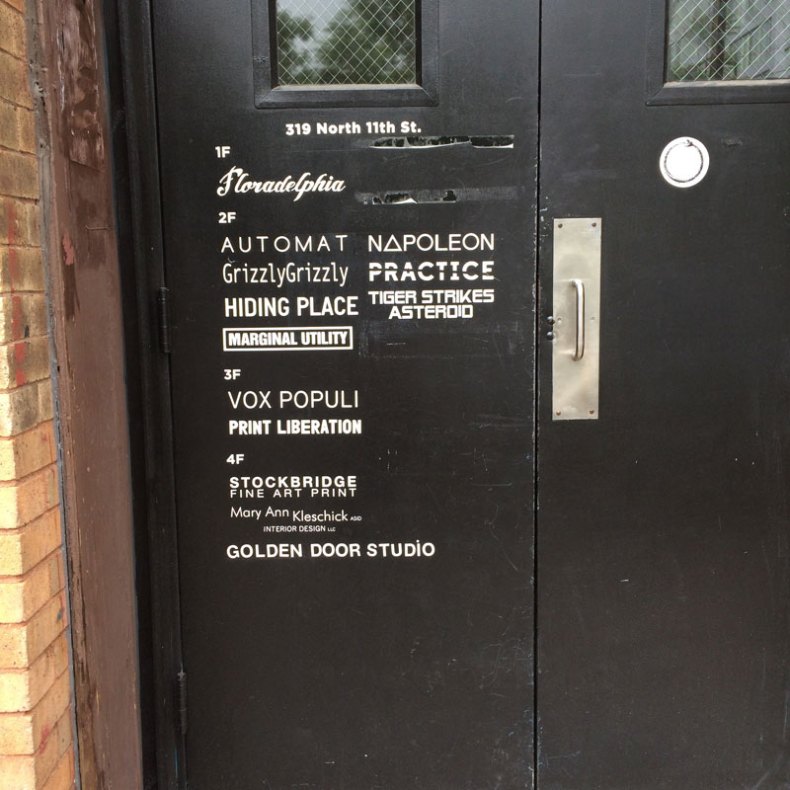
The door of the ‘Vox building’ at 319 North 11th St, Philadelphia. Source: author’s own
The artist collective-run gallery model is omnipresent in Philadelphia, and the undisputed grand dame of those galleries is Vox Populi, which has been operating since 1988. I spoke with executive director Bree Pickering, who succinctly summarised the hyper-localism of Philadelphia’s tight-knit cultural scenes: ‘West Philly punks won’t talk to the South Philly punks,’ but everyone turns up to support each other as ‘the art community has to hold itself.’ Vox has made a few changes in recent years, adjusting its exhibition schedule to allow more time for installation between shows, building a black box theatre, and encouraging a more inclusive member pool that accommodates artists as well as curators. I also chatted with Matt Kalasky, a Vox member and publisher of the St. Claire, who noted that the decentralised scene and low-level competition (to build a collector base, to find representation) produces an ‘impetus [for artists] to make things happen on their own.’
As I dropped by on a Saturday, I was able to look around the larger set of galleries in what is informally known as the ‘Vox building’ on 319 North 11th Street, near Chinatown. On First Fridays, these spaces are guaranteed to be chock-full of friends, acquaintances, and the generally curious. Napoleon, Tiger Strikes Asteroid, Marginal Utility, Practice Gallery, and GrizzlyGrizzly are just a handful of names, most of which occupy no more than a small office unit. On Arch Street is the Fabric Workshop and Museum, established in 1977, that hosts collaborative works and performances: their current artists-in-residents are Janine Antoni, Stephen Petronio, and Anna Halprin. In a space upstairs, the commercial gallery Fleisher/Ollman has been a champion of self-taught artists for over 60 years. If you take a stroll towards Washington Square you’ll find Locks Gallery, occupying a gorgeous Italianate Palazzo-style structure, and Bridgette Mayer Gallery.
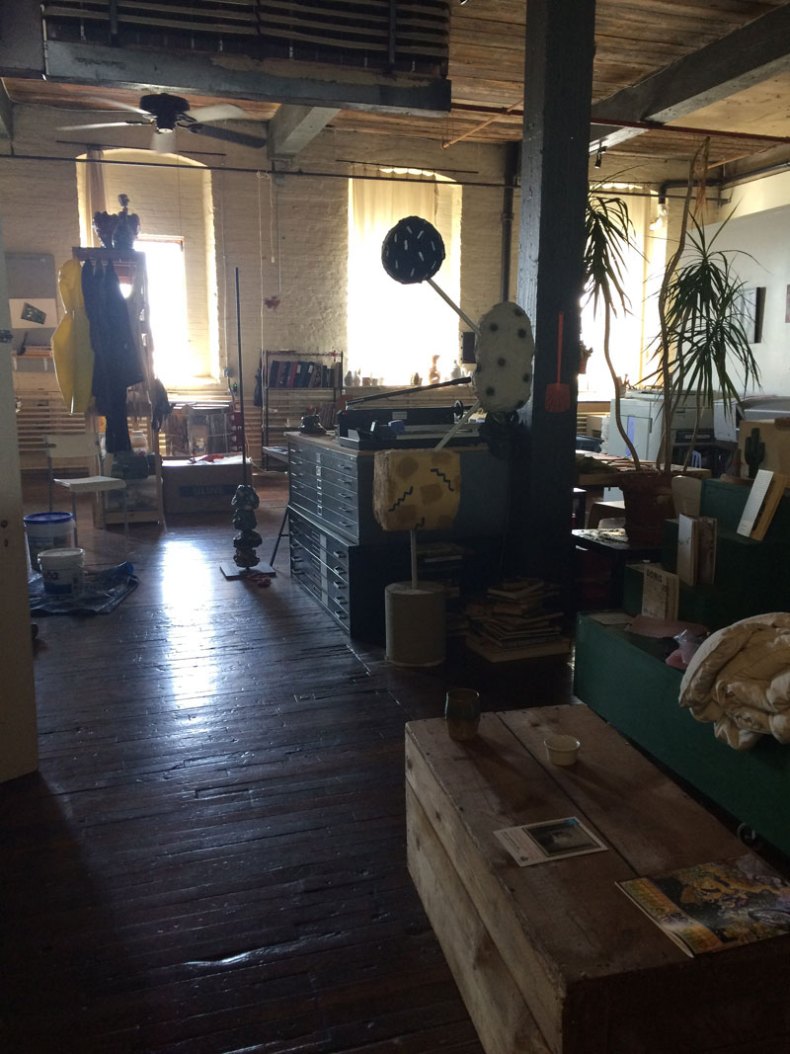
Artist studios at the High Tide gallery, Philadelphia. Source: author’s own
Academic institutions, such as the Moore College of Art and Design, Tyler School of Art, the Pennsylvania Academy of Fine Arts, and the University of the Arts, provide a base for young artists to begin their careers in the city. In west Philadelphia, the University of Pennsylvania’s Institute of Contemporary Art (ICA) has, since 1963, led discourse on global contemporary art by featuring both the pioneering and the established. At the time of my visit, Rodney McMillian’s foreboding exhibition ‘The Black Show’ occupied the institute’s ground-floor gallery, exploring themes of race, class, and history, while the second-floor gallery featured a tightly curated show on the work of Louise Fishman and her investigation of small-scale objects (both until 14 August). On Walnut Street, the Slought Foundation offers a necessary critical and intellectual voice among Philadelphia’s art spaces, with extensive programming that focuses on national and international collaboration. The recent display of Fazal Sheikh’s ‘Erasures’ explored the fallout of the Arab-Israeli War of 1948 and its geographical, social, and political impact on the region.
From west Philadelphia, you can hop on the Market–Frankford metro line towards the neighbourhoods of Fishtown and Kensington, northeast of Center City. High Tide is located off the Berks station stop in a mixed-use residential and commercial building that has hosted an artistic community since the 1980s. Nearby, the artist collective-run space Little Berlin boasts a zine library, airy exhibition spaces, and a charmingly overgrown courtyard. In south Kensington, the Crane Arts building, a former frozen seafood manufacturing plant, is also a mini art-mall for spaces like Fjord, Icebox Project Space, and the Philadelphia Photo Arts Center, a non-profit organisation devoted to the theory, history, and practice of photography.
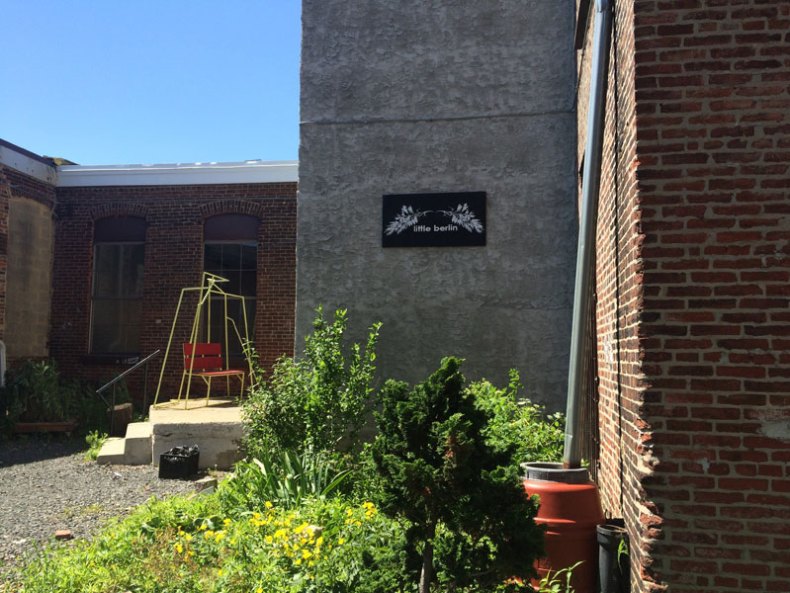
Courtyard of Little Berlin, Philadelphia. Source: author’s own
Amanda Sroka, the assistant curator of modern and contemporary art at the Philadelphia Museum of Art, notes the range and overlap of these spaces: ‘There is an interrelatedness that is deeply embedded within…these communities, which attests to the ways in which these systems depend, support, and function in dialogue (and sometimes in tension) with one another, allowing for an ecology of possibility and experimentation within a landscape that is physically, economically, and socially, undergoing rapid change.’ At the close of my visit I was able to attend the opening of Community Futures Lab, a new space run by Black Quantum Futurism (comprising attorney-activist Rasheedah Phillips and musician Camae Ayewa, among others) and the AfroFuturist Affair. Unlike the other spaces mentioned, Community Futures Lab doesn’t operate in a recognised artistic hub, but instead attempts to steer dialogue and impart change around the historically troubled neighbourhood of Sharswood/Blumberg, which is being rezoned for redevelopment that has displaced hundreds of families. Community Futures Lab is in talks with the long-running Village of Arts & Humanities, which was also founded to support the north Philly community, and pushes forward the notion that this city is dedicated to the production and dissemination of contemporary art to form and harness resilient bonds across the delicate networks that Sroka mentions.
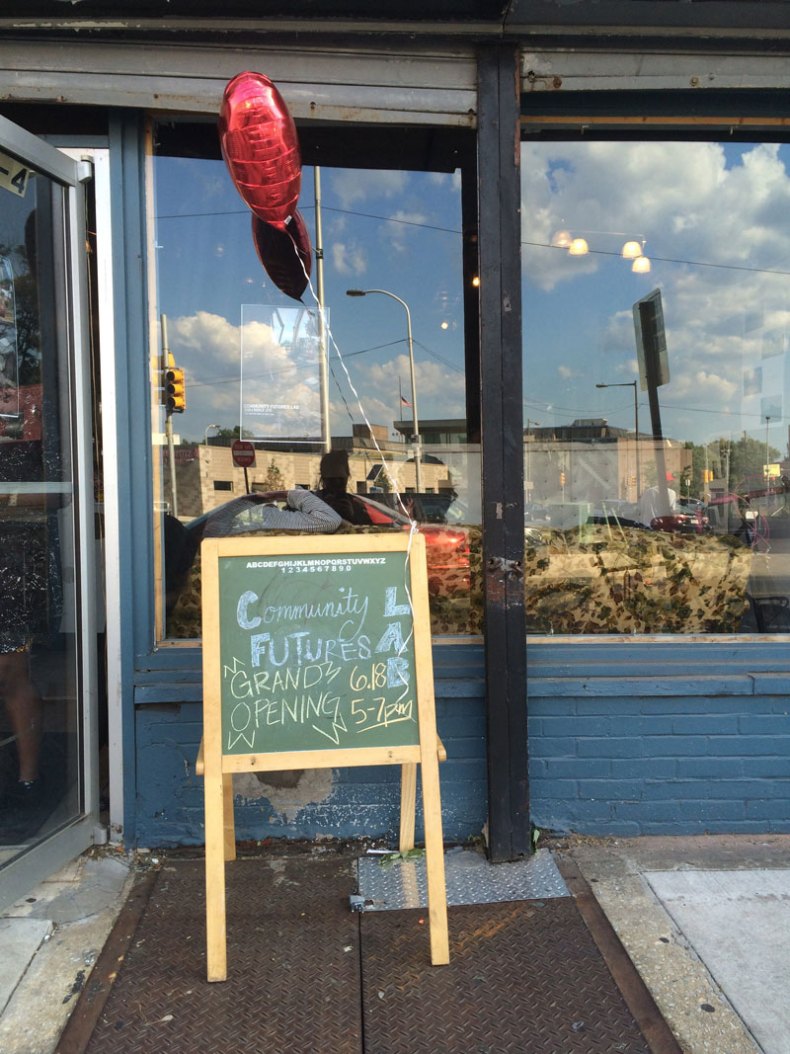
The opening of Community Futures Lab, Philadelphia. Source: author’s own
Unlimited access from just $16 every 3 months
Subscribe to get unlimited and exclusive access to the top art stories, interviews and exhibition reviews.

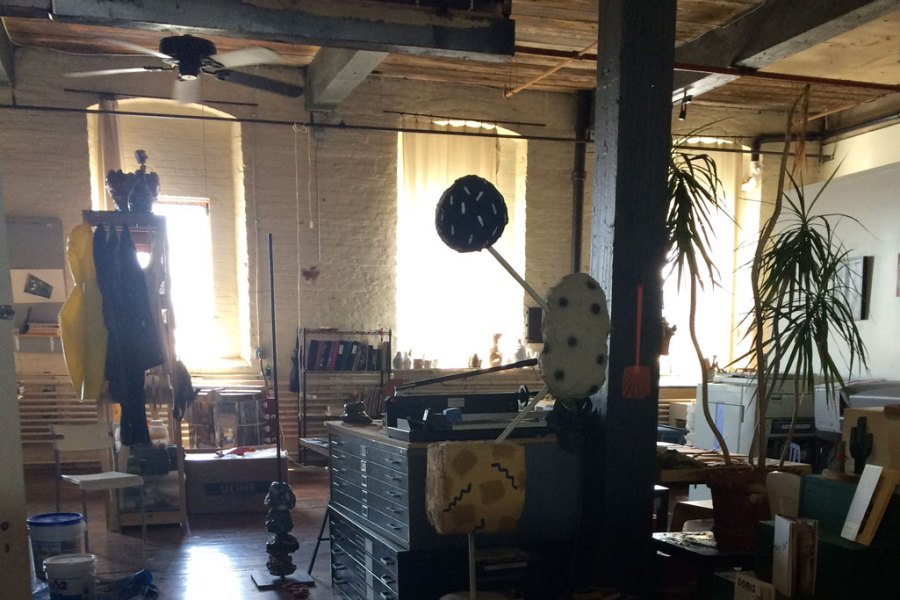

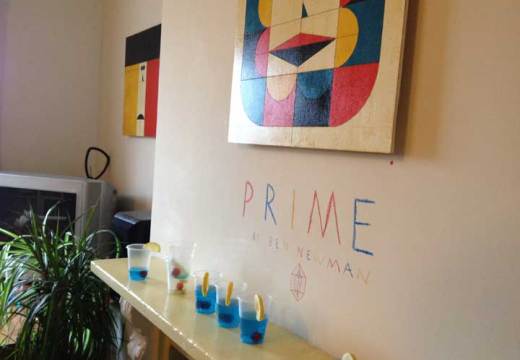
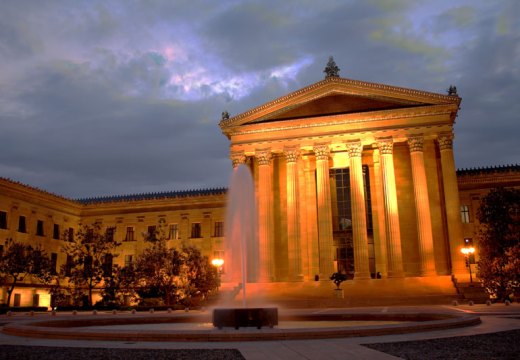









![Masterpiece [Re]discovery 2022. Photo: Ben Fisher Photography, courtesy of Masterpiece London](http://www.apollo-magazine.com/wp-content/uploads/2022/07/MPL2022_4263.jpg)
It’s time for the government of London to return to its rightful home